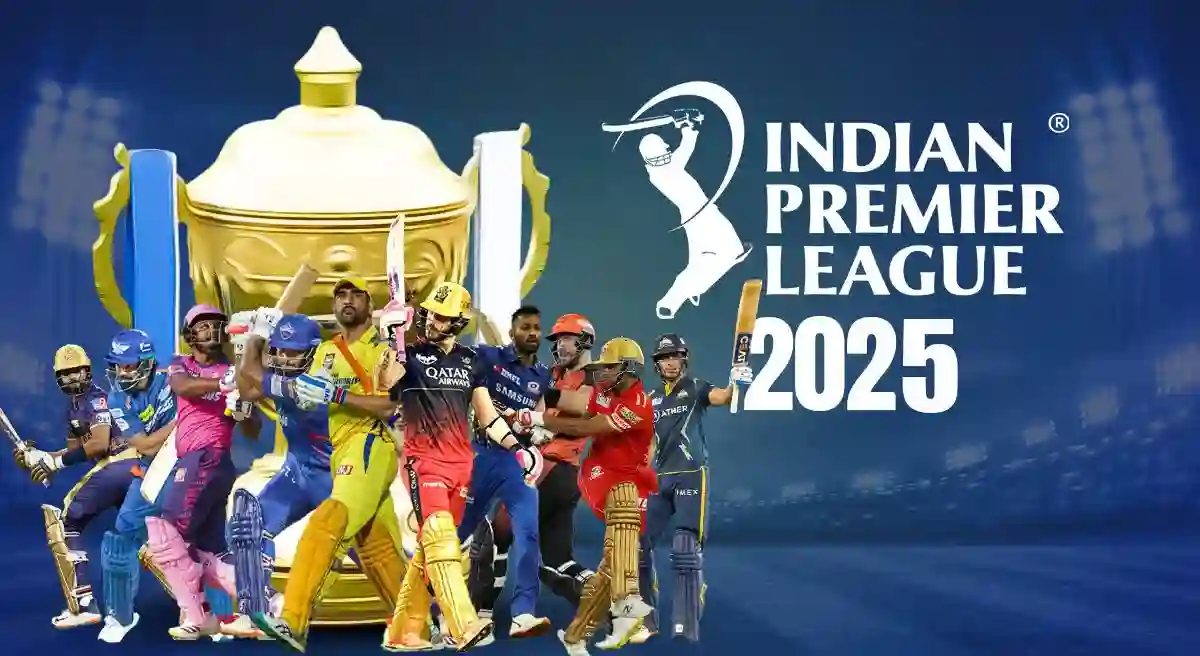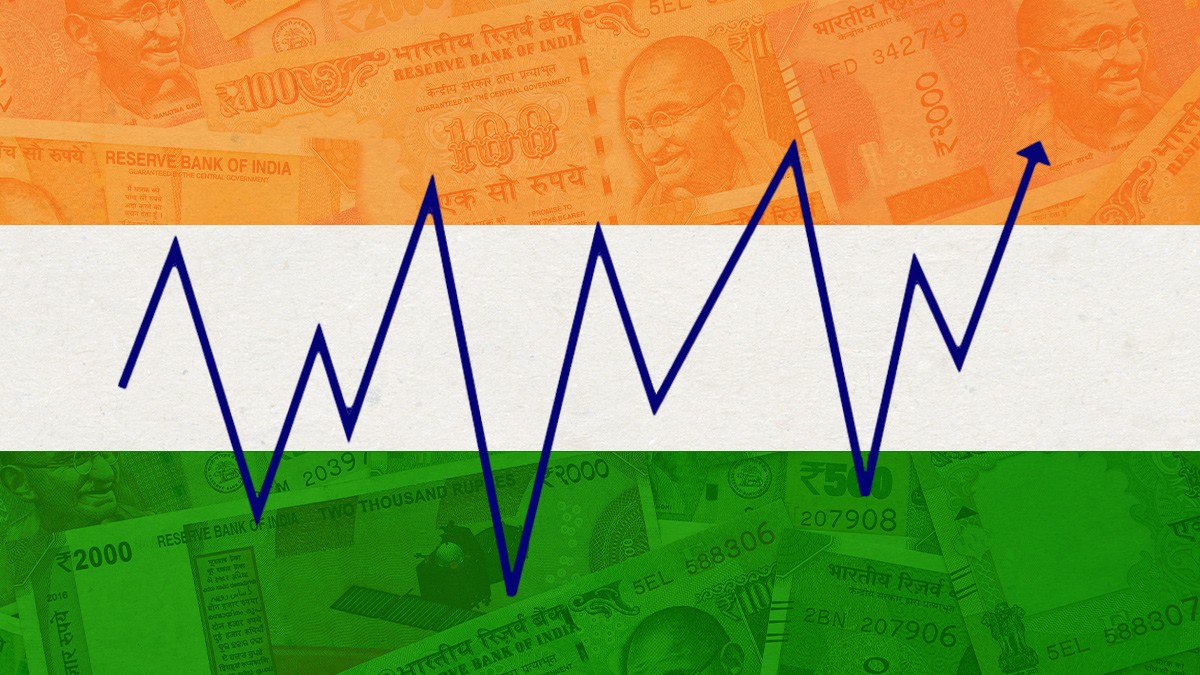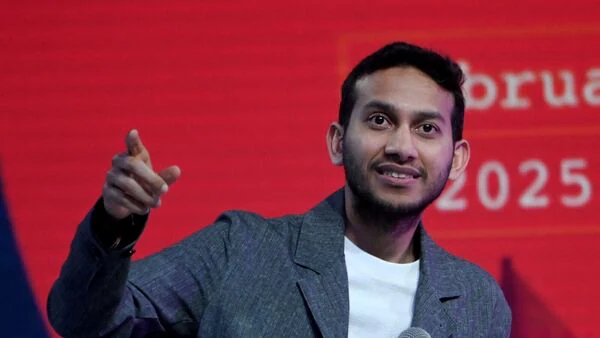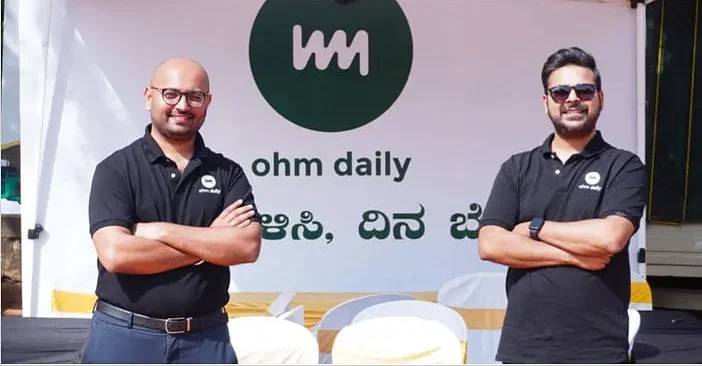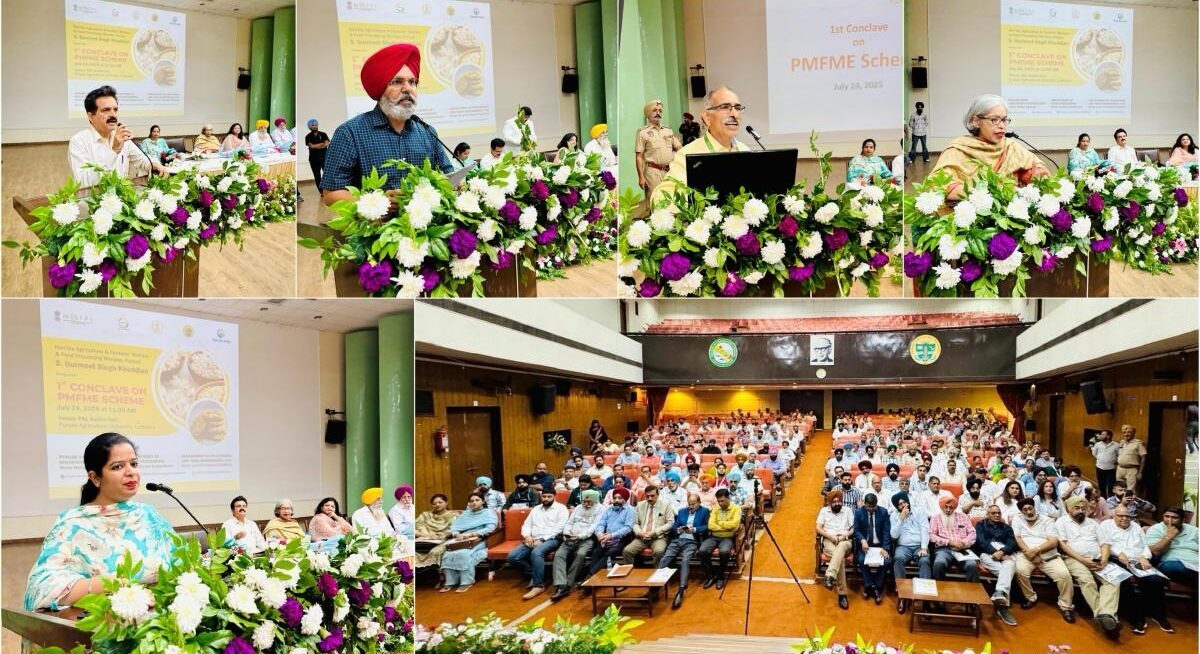The Indian Premier League has transformed the cricketing landscape, evolving into a multi-billion-dollar enterprise that combines sports, entertainment, and business acumen. As the 2025 season unfolds, we will breakdown the costs associated with running an IPL team and the diverse revenue streams that sustain these huge franchises. We will delve deep into the financial intricacies of IPL teams, exploring their expenses and income sources.
Costs of Running an IPL Team
1. Player Salaries and Auction Costs
The most significant expense for any IPL team is player salaries, which can skyrocket during auction seasons.
- Auction Dynamics: Each franchise has a budget cap of ₹120 crore for player acquisitions. They have to plan their tournament winning squad around this figure. This cap is important as not all teams have similar financial musclepower. RCB for example, is valued at $227mn while LSG is only valued at $91mn. This ensures the league is competitive and fun.
- Match Fees: Players earn ₹7.5 lakh per game played in match fees over their contract salaries. This adds an additional, 7.5L x 12 players x 14 games = 12.6cr cost!
- Retention Costs: Teams also incur costs from retaining players prior to auctions. For example, if a franchise retains three players at an average of ₹15 crore each, this alone would account for ₹45 crore.
2. Operational and Infrastructure Expenses
Beyond player salaries, franchises face additional operational costs estimated at around ₹100 crore annually.
- Coaching Staff: Salaries for head coaches, assistant coaches, analysts, and medical personnel can total ₹20-30 crore.
- Training Facilities: Maintaining high-quality training facilities incurs further costs, including equipment and grounds maintenance.
- Travel and Logistics: Transporting players across India for matches requires significant logistical planning and expenditure.
Revenue Sources for IPL Teams
1. Media Rights and Broadcasting Deals
Broadcasting rights are the cornerstone of IPL revenue.
- Current Deal: The BCCI’s media rights deal is valued at approximately ₹48,390 crore over five years. This translates to around ₹9,678 crore annually.
- Central Revenue Pool: Each franchise receives a share from this pool. With ten teams in the league, each team can expect around ₹500 crore annually from media rights alone.
2. Sponsorships and Advertising
Sponsorship, promotions and marketing is king when it comes to increasing franchise valuation and revenue.
- Sponsorship Income: In FY24, IPL teams secured a whopping ₹4,000 crore+ from multi-year sponsorship agreements with major brands like Tata and Dream11. Team-specific sponsorships can add another ₹100-200 crore per franchise.
- Jersey Sponsorships: Teams earn millions through jersey sponsorships; for instance, Mumbai Indians sealed a three-year sponsorship deal with Lauritz Knudsen, which will see the company’s logo featured on the front of their jersey. Estimated to be worth Rs 40 crore annually, this deal is one of the largest front-of-jersey sponsorship agreements in IPL history.
3. Ticket Sales and Game-Day Revenue
Ticket sales contribute significantly to a team’s income.
- Attendance Figures: With an average ticket price of ₹1,500 and 41 home games per team, if a franchise sells out each game with 30,000 seats filled, ticket revenue could reach approximately ₹61.5 crore per season.
- Additional Game-Day Revenue: Concessions from food and beverages further enhance game-day earnings.
4. Merchandise Sales
Merchandise is another vital revenue source.
- Sales Growth: Teams sell jerseys, caps, and other branded merchandise both in-stadium and online. In recent years, merchandise sales have surged due to increased fan engagement.
- Estimated Revenue: If a team sells 100,000 jerseys at an average price of ₹2,000 each, this could yield an additional ₹20 crore in revenue.
5. Prize Money
Teams that perform well in the tournament earn prize money distributed by the BCCI.
- Financial Incentives: The winning team receives approximately ₹20 crore in prize money while the runner-up gets around ₹12.5 crore.
Profitability Analysis
The profitability of IPL teams hinges on balancing high operational costs with substantial revenue streams:
- In FY24, leading franchises like Gujarat Titans reported revenues of ₹776 crore—more than doubling from previous years—while maintaining profitability through effective cost management.
- Smaller teams also benefit from shared revenue models that cushion them against financial volatility.
The financial landscape of running an IPL team is complex yet fascinating. While substantial costs are involved in player salaries and operations, diverse revenue streams—from media rights to sponsorships ensure that franchises remain profitable. As the IPL continues to grow in popularity and commercial value, its teams not only focus on performances but also implement strategies to remain financially healthy while delivering thrilling cricketing action to fans worldwide.
Also Read: ₹1 Cr to ₹850 Cr: “Wish Fees Went to Bajaj Finance”









